Size: 1 packet
Coscomb (Celosia argentea var. cristata), a popular flowering plant known for its vibrant, often velvety, crested flower heads that resemble a rooster’s comb. It’s also known as “Woolflower” or “Brain Celosia.”
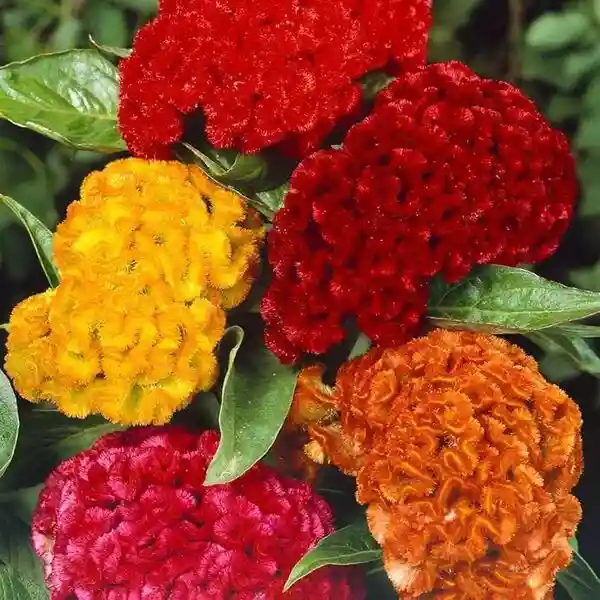
Here’s a detailed guide to Coscomb care:
1. Sunlight:
- Full sun is essential. Cockscomb thrives and blooms most profusely with at least 6-8 hours of direct sunlight per day.
- In very hot climates (like parts of India, especially during peak summer), some afternoon shade can be beneficial to prevent scorching, but generally, more sun is better.
- If grown indoors, a south-facing window is ideal.
2. Soil:
- Cockscomb prefers fertile, well-drained soil rich in organic matter.
- It can tolerate a range of soil types, but heavy clay soils should be amended with compost or coarse sand to improve drainage.
- The ideal soil pH is slightly acidic to neutral (6.0 to 7.5).
- For container planting, use a good quality commercial potting mix.
3. Watering:
- Cockscomb needs consistent moisture, especially during its active growing and blooming period.
- Keep the soil evenly moist but avoid waterlogging, which can lead to root rot.
- Water when the top 1-2 inches of soil feel dry to the touch.
- While they can tolerate some dryness once established, consistent moisture promotes the best blooms.
- Plants in containers will dry out faster and require more frequent watering.
4. Temperature and Humidity:
- Cockscomb is a warm-weather plant and thrives in temperatures between 15°C and 25°C (60-75°F).
- It is not tolerant of frost and should only be planted outdoors after all danger of frost has passed and the soil has warmed up (temperatures consistently above 16°C or 60°F).
- It generally tolerates average room humidity, but higher humidity can be beneficial, especially for indoor plants. You can mist them occasionally if the air is very dry.
5. Fertilization:
- Cockscomb is a moderate feeder.
- Amend the soil with compost or a balanced general-purpose organic fertilizer before planting.
- Once the plant is established and about 6-8 inches tall, or when it begins to bud, feed it with a fertilizer higher in phosphorus (the middle number in the NPK ratio, e.g., 5-10-5) to encourage blooming.
- Fertilize monthly during the growing season. For container plants, a slow-release granular fertilizer or a liquid feed every 2-4 weeks works well.
6. Pruning:
- Pinching back young plants (when they are 8-12 inches tall) can encourage bushier growth and more flowers. Pinch the main stem above a set of leaves.
- Deadhead spent flowers throughout the growing season to encourage continuous blooming and prevent the plant from putting energy into seed production.
- If the heavy blooms cause stems to fall over, you can stake the flower stalks for support.
7. Planting and Propagation:
- Cockscomb is most commonly grown from seeds.
- Starting seeds indoors: Sow seeds indoors 6-8 weeks before the last expected frost. Light aids germination, so cover seeds very lightly. Keep the soil warm (around 24-27°C or 75-80°F) and moist. Use grow lights for indoor seedlings.
- Direct sowing outdoors: In warm climates, you can sow seeds directly outdoors after the last frost and when the soil has warmed.
- Transplanting: Harden off indoor seedlings before transplanting them outdoors. Space plants about 6-18 inches (15-45 cm) apart, depending on the variety, to ensure good air circulation.
- Self-seeding: Cockscomb often self-seeds, meaning new plants may emerge the following season from dropped seeds.
- Cuttings: Cockscomb can also be propagated from stem cuttings.
8. Pests and Diseases:
- Cockscomb is generally quite resilient to pests and diseases.
- Common issues include:
- Pests: Aphids, spider mites, and whiteflies can occasionally be a problem. Treat with insecticidal soap or neem oil if infestations occur.
- Diseases:
- Powdery mildew: White, powdery spots on leaves, often due to poor air circulation or high humidity. Ensure good air circulation and avoid overhead watering.
- Root rot: Caused by overwatering or poorly draining soil. Ensure good drainage.
- Damping off: A fungal disease that affects seedlings, usually due to overly wet soil.
Key Considerations:
- Annual vs. Perennial: Cockscomb is technically a tender perennial, but it is typically grown as an annual in most climates because it cannot tolerate frost. In USDA Hardiness Zones 10-12 (very warm climates), it can survive as a short-lived perennial.
- Heat Lovers: They truly love the heat and will perform best in warm, sunny conditions.
- Versatility: Cockscomb varieties come in various sizes (from dwarf to tall) and flower shapes (plumed and crested), making them suitable for garden beds, borders, containers, and even as cut flowers (they dry well and retain their color).
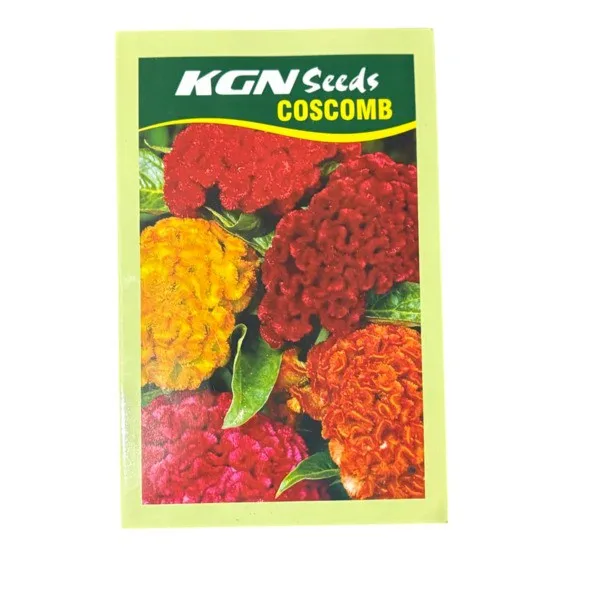
By providing these basic care requirements, your Cockscomb plants should reward you with a spectacular display of vibrant, unusual blooms!
Only logged in customers who have purchased this product may leave a review.


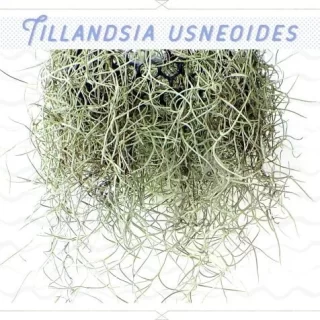
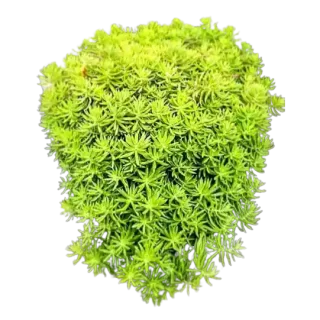
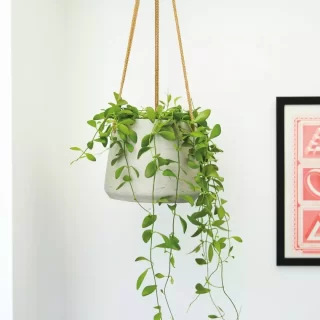
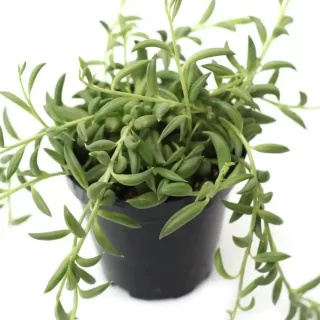
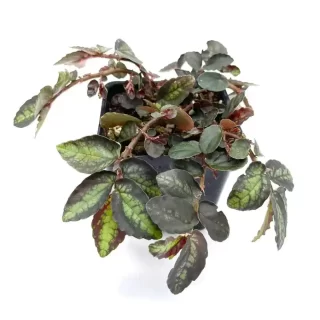
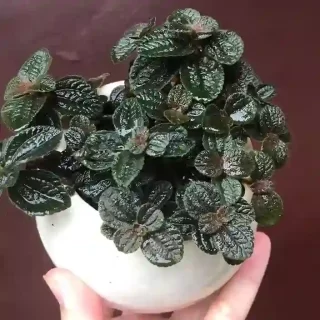
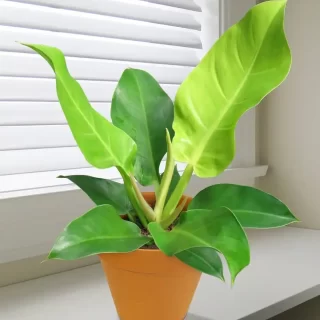
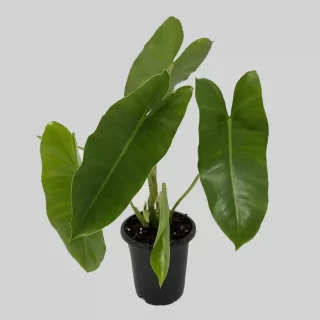
 If you need any assistance, I'm always here. Have you found what you were looking for?
If you need any assistance, I'm always here. Have you found what you were looking for?
Reviews
There are no reviews yet.